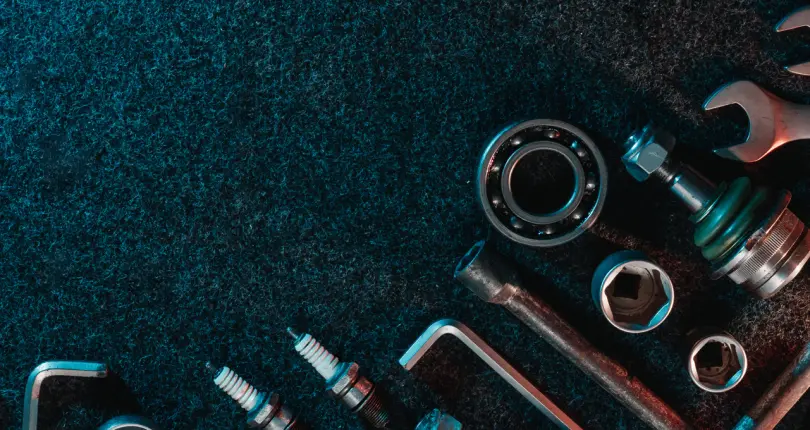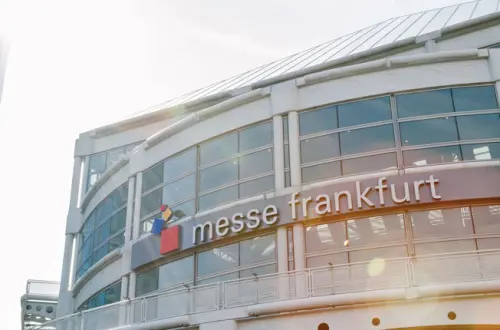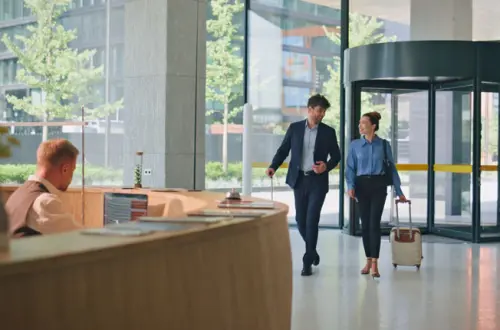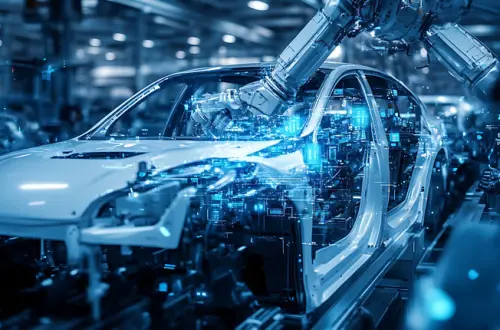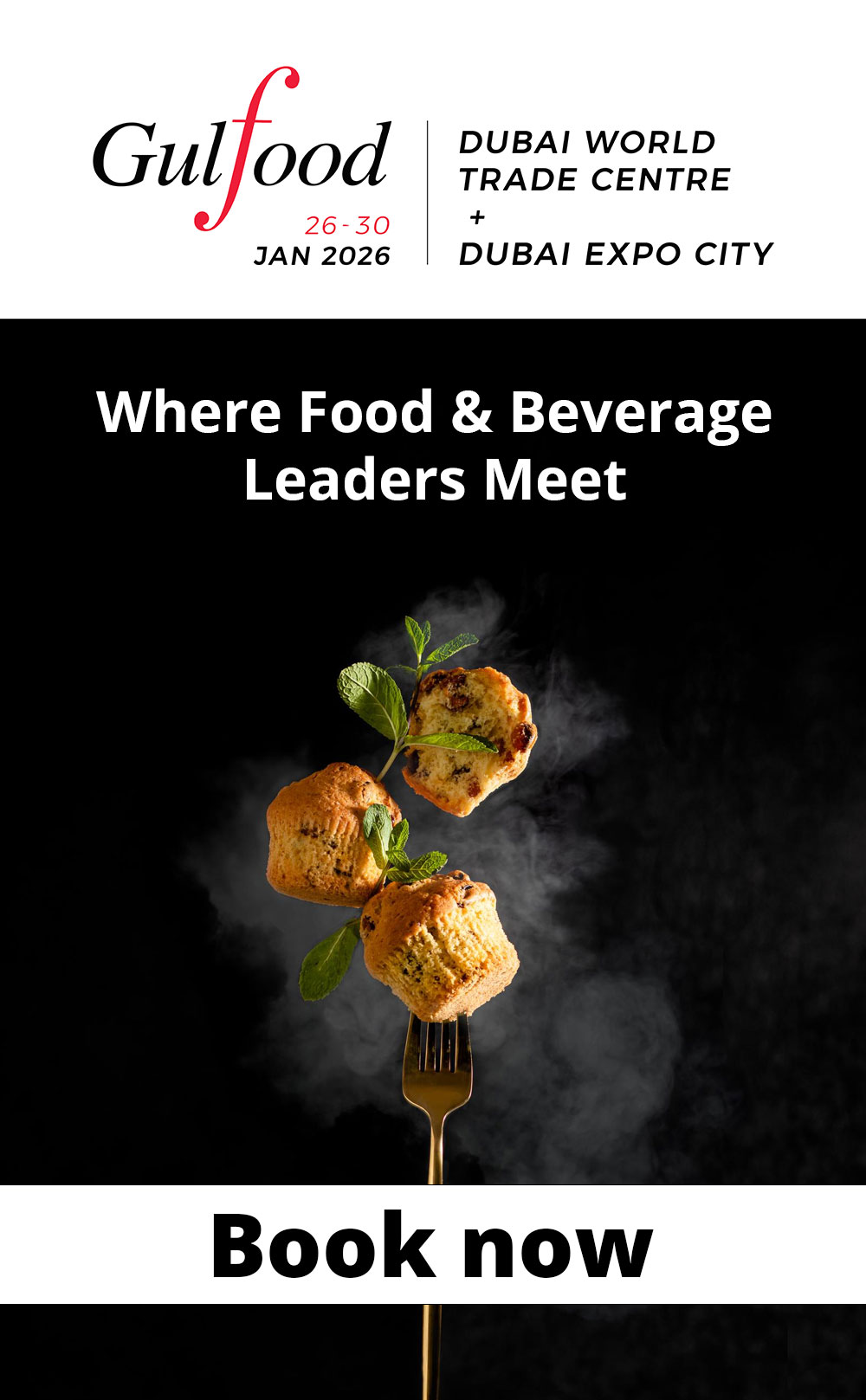The 3 Foundation-Building Trade Fairs for Hardware & Mechanical Components
Modern manufacturing of hardware, tools and mechanical components has undergone a large-scale revolution as it was given the rise of automation and digitalisation. We’re working under the flag of Industry 4.0 and that’s where most investment and progress has been made overall. The biggest trends for the next couple of years are going to be the evolution of artificial intelligence, augmented reality, Internet of Things and additive manufacturing. It’s probably not news for many, but there’s a greater interest in achieving the most while deploying the least amount of resources – energy, raw materials and human labour.
Data drives most process optimisation. You’ll see a lot of data analysis practices to optimise your production to the fullest, maintain schedule and manage assets much more reliably. All this is best handled by AI, which finds impressive applications across inventory management, supply chain visibility, warehousing cost reduction, quality control and predictive maintenance. Of course, not every task can be fully automated. Humans are still required to finesse the trickier parts and this is where immerse technologies come in to do their art.
How do you limit human error when your engineers are down on the assembly line? While there’s no one stopping them from perusing instructional manuals and quality criteria, this is not optimal. Augmented reality solves this problem by allowing people to project instructions, quality criteria, and product illustrations as they’re doing the work in real time right where they can be seen. This is certainly one of the most imaginative ways to get results and also improve employee training in handling machinery by showing step-by-step visuals. This applies from operating machinery to making repairs.
The three trade fairs we’ve selected are all based in Germany, which is known as one of the biggest economic and industrial regions in the world. First on our list is the International Hardware Fair held every two years in Cologne. The trade fair casts a wide net over hard goods from construction to DIY supplies and has been a definitive barometer for change and massive trends in Europe. The products you encounter include hand-held tools, hardware, interior equipment, air tools, building equipment, pressure washers, safety clothing, sanitary equipment and decorative hardware.
Because of the pandemic, the fair has gone hybrid with its own digital platform, which results in including trade visitors from countries like China and India who still experience difficulty traveling overseas. Plus, there’s the “Fair Scouts” feature that helps potential buyers make the purchases they need without having to be at the trade fair in person.
Next on our list is Fastener Fair Stuttgart, which has recently been rebranded to Fastener Fair Global as a direct response to the pandemic, change in technologies and the change in how trade fairs are held. This evolution happened quite naturally as the trade fair gained international recognition for some time and now functions as the flagship event of the Fastener Fair series organised in India, Italy, Mexico and the USA. The product portfolio here focuses on milled parts, nuts, packaging machines, pins, power tools, presses, production machines, riveting tools, anchors, assembly tools, bolts, clamps, concrete screws, cotter pins and fasteners.
Wrapping up our list is the specialist Aluminium trade fair running out of Dusseldorf. The trade fair oversees the entire value chain when it comes to the aluminium sector, which is consistently on an upward trajectory. Very soon over two thirds of the world’s populations will live in cities and aluminium will continue to be the most important material in construction. So what makes this trade fair different from the ones above.
It’s the wide range of technologies and products. There’s connection technology, recycling, alloy trading, prefabricated buildings, auxiliaries, refractory, traffic control systems, semi-finished products, metal working and processing. That’s only a small fraction of what’s on display.
Together, these three events create a rich overview of the overarching trends within hardware and mechanical components.
